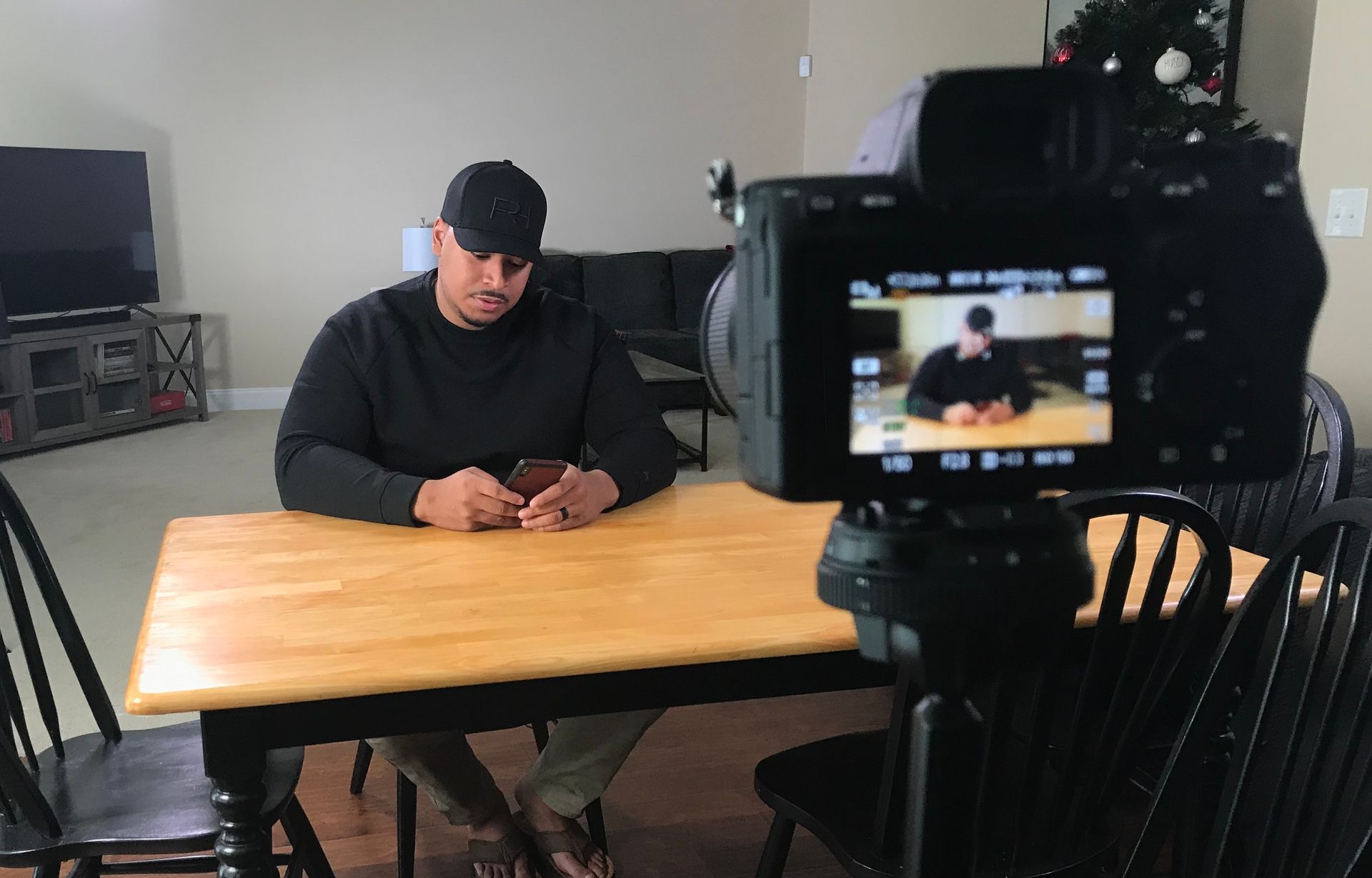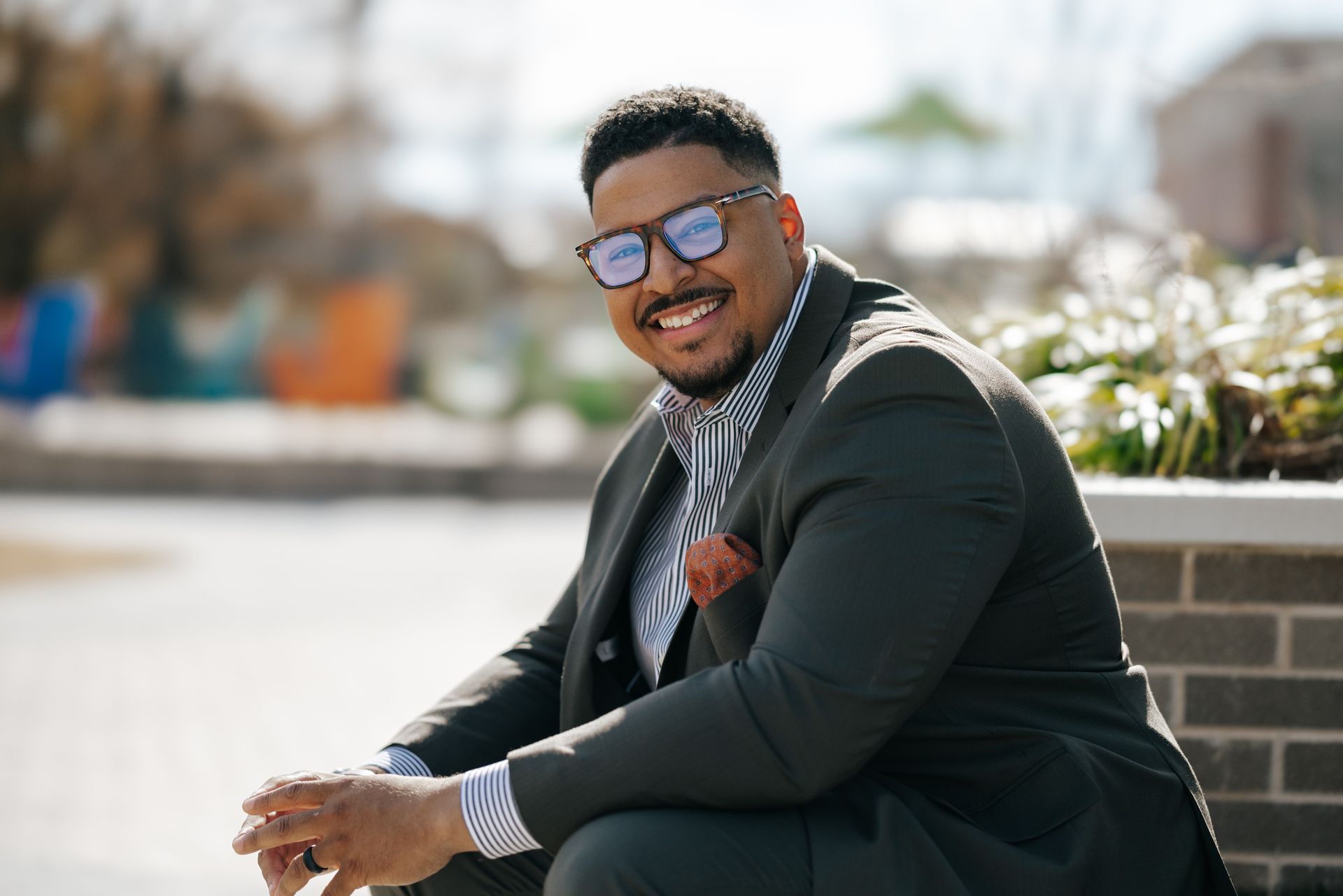Maximizing Your Video Content: How to Turn One Event into a Year-Long Marketing Asset
Many companies invest significant time and resources into events—whether it’s a seminar, workshop, or conference—but often, the value of those events is fleeting. The truth is, the content generated from a single event can serve as a powerful marketing asset that continues to generate leads and engagement for months, or even years. Here’s how you can transform your event recordings into a long-term marketing strategy.
Capture Everything: Recording Is Key
One of the most important yet overlooked steps in event marketing is ensuring the event is recorded. Recording every session, speaker, and panel discussion not only allows those who were unable to attend the event to experience it, but it also gives you high-value content that can be repurposed in various ways.
Whether your event is a paid experience or a free gathering, capturing these moments on video opens up a world of possibilities. For a paid event, the recordings can become an additional revenue stream. For a free event, they offer an opportunity to grow your audience by providing access to content even after the event has ended. Without these recordings, the only value is confined to the people who were present. When captured, however, the content becomes evergreen, offering continual returns on your initial investment.
Creating On-Demand Content for a Broader Audience
Once you have the recordings, you can transform them into on-demand content. One common approach is to offer the recordings as part of a virtual ticket package for those who couldn’t attend in person. For instance, if attendees paid $500 for a seat at your event, you could offer a "virtual access" package for $97. This package grants access to the event content without the in-person experience, such as live Q&A sessions.
Alternatively, you can create an opt-in page where people can access the recordings for free in exchange for their contact information. This strategy is especially useful for building an email list or nurturing potential clients. Over time, this method can help you establish a robust marketing funnel, driving new leads from people who are genuinely interested in your expertise.
Repurposing Video Content for Ongoing Engagement
Long-form event recordings are incredibly versatile. Instead of simply housing the full videos on your website, consider breaking them down into smaller segments. A 45-minute keynote can be edited into shorter, 5-10 minute videos that highlight key insights or tips from the speaker. These bite-sized pieces of content can be shared across your social media channels, email campaigns, and even embedded into blog posts.
Shorter clips serve multiple purposes. First, they allow you to reach people who may not have the time to watch the entire session but are still interested in the topic. Second, they help you keep your audience engaged long after the event is over. By consistently sharing these mini-videos, you keep your brand top of mind and continuously provide value to your audience.
Leverage Your Email Marketing
Email remains one of the most powerful marketing tools for engaging your audience. You can incorporate your event videos into email campaigns to drive traffic back to your website. For example, create a series of emails that introduce various topics or insights shared during your event. Each email can include a thumbnail image linking to the full video or the snippet on your website.
When combined with an opt-in form on the landing page, this method allows you to gather additional leads while providing value to your email subscribers. It also ensures that the content from your event continues to work for you, nurturing prospects and moving them further down your sales funnel.
Monetize Event Content for Ongoing Revenue
If your event was paid, you can continue to sell access to the event recordings long after the event has ended. This strategy offers a dual benefit: you increase your event’s ROI and continue to provide value to those who missed the live event. You can also bundle event recordings with other products or services to create premium packages for your customers.
For example, you could offer a special bundle that includes event recordings, additional training materials, and a live Q&A session with one of the event’s speakers. By packaging these resources together, you create a high-value offer that can generate revenue and establish your brand as a source of expert knowledge.
Build a Content Library for Future Use
Over time, as you continue to record and repurpose event content, you’ll naturally build a content library. This archive can serve as a resource for new employees, clients, or prospects. By organizing your videos and maintaining a structured repository, you can easily pull relevant clips or sessions to address questions or demonstrate expertise during future marketing or sales interactions.
Additionally, you can use this library to revisit and analyze what content resonated most with your audience. Understanding which topics and formats drive the most engagement will help you refine your future event strategies and content offerings.
Create a Community Around Your Content
Finally, consider creating a community around your event content. This could be through a private Facebook group, LinkedIn group, or dedicated forum where attendees and virtual participants can discuss the event's topics and continue the conversation. Hosting a community like this helps to keep the momentum going long after the event has ended and provides a space for your audience to interact with each other, building loyalty and deeper engagement.
You can also use this space to promote future events, share exclusive content, or gather feedback to improve your next gathering. As your community grows, so does your potential to reach new customers and strengthen relationships with existing ones.
Conclusion: A Strategy for Long-Term Success
Maximizing your video content from a single event is more than just a smart marketing tactic—it's a way to create an evergreen asset that keeps delivering value. From turning your recordings into on-demand content to leveraging email marketing and building a content library, these strategies allow you to extend the life of your event well beyond the day it took place.
By making video content work harder, you’ll ensure that your events drive ongoing engagement, generate leads, and continue to promote your brand in a meaningful way. With the right approach, your event will not just be a one-time experience but a long-term asset that supports your business growth for months, if not years, to come.



